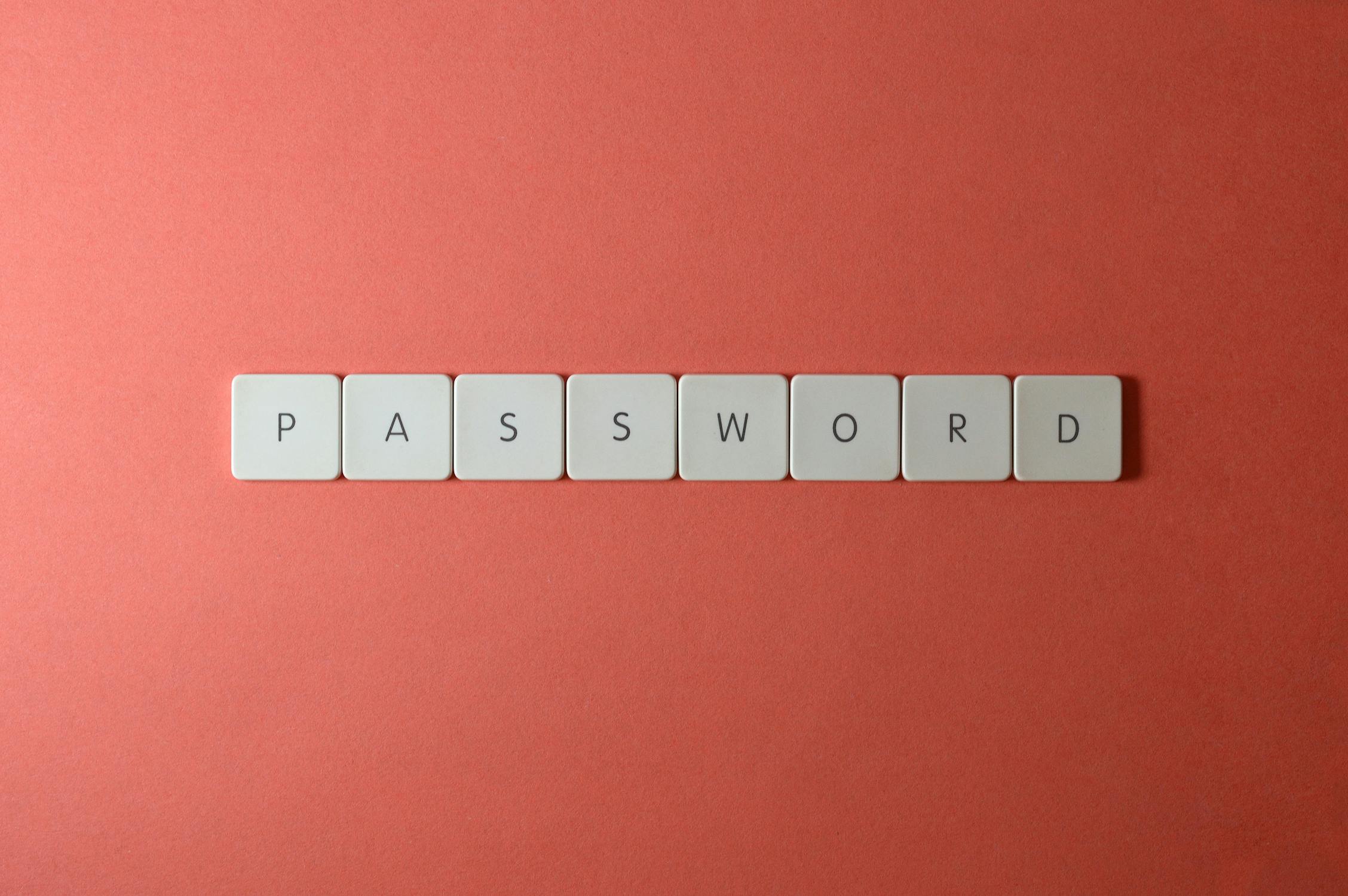Best 2FA Tools for Businesses: Robust Multi-Factor Security Solutions
Ensuring robust security measures is a fundamental aspect of modern business operations. Multi-factor authentication (MFA), particularly two-factor authentication (2FA), has become a reliable method for safeguarding sensitive data and preventing unauthorized access. Businesses face constant threats from cybercriminals, making it imperative to adopt tools that provide an additional layer of protection.

With various 2FA solutions available, selecting the right one can significantly enhance a company’s security posture while maintaining convenience for users.
Understanding the Role of 2FA in Business Security
Two-factor authentication is a subset of multi-factor authentication that requires users to verify their identity using two distinct factors: something they know (e.g., a password) and something they have (e.g., a smartphone). This dual-layered approach ensures that even if one factor is compromised, unauthorized access remains unlikely.
The increasing number of data breaches highlights the importance of adopting such tools. According to a report by IBM, the average cost of a data breach in 2023 reached $4.45 million globally (ibm.com). Many breaches stem from stolen credentials, which could have been mitigated with the implementation of 2FA.
Beyond protecting against credential theft, 2FA solutions also address phishing attacks and other social engineering techniques. These tools act as a critical line of defense, ensuring businesses can operate securely in an environment fraught with cyber risks.
Key Features to Look for in 2FA Tools
Not all 2FA tools are created equal, and businesses should consider several features when choosing the right solution:
- Ease of Integration: The tool should seamlessly integrate with existing systems and applications.
- User-Friendliness: A straightforward setup process and intuitive interface are essential for widespread adoption among employees.
- Compatibility: Ensure compatibility with various devices and operating systems to accommodate all users.
- Offline Capabilities: Some tools offer backup codes or tokens for use in situations where internet connectivity is unavailable.
- Customizability: Flexible settings allow businesses to tailor security levels based on their specific needs.
A thorough evaluation of these features ensures that the selected tool aligns with both technical requirements and employee preferences.
Top 2FA Tools for Businesses
The market offers several standout 2FA tools that cater to diverse business needs. Below is an overview of some popular options:
| Tool | Key Features |
|---|---|
| Duo Security | User-friendly interface, adaptive authentication, wide range of integrations |
| Google Authenticator | Simplistic design, offline capabilities, free-to-use model |
| Microsoft Authenticator | Passwordless login options, integration with Microsoft services, push notifications |
| Okta Verify | Cloud-first approach, real-time threat intelligence, customizable policies |
| Authy | Multi-device support, encrypted backups, robust API for developers |
The Benefits of Implementing 2FA in Businesses
The adoption of 2FA tools offers tangible benefits that extend beyond enhanced security:
1. Protection Against Unauthorized Access: By requiring two separate forms of identification, businesses significantly reduce the risk of unauthorized logins.
2. Regulatory Compliance: Many industries mandate the use of MFA to comply with standards like GDPR or HIPAA, making 2FA an essential part of legal adherence.
3. Increased Customer Trust: Customers are more likely to trust companies that prioritize data security through measures like 2FA.
Pitfalls to Avoid When Choosing a 2FA Tool
Selecting an ineffective or poorly integrated tool can lead to complications. Common mistakes include choosing solutions solely based on price or overlooking user experience factors. Overly complex authentication processes may frustrate employees, leading to resistance and non-compliance.
Avoiding vendor lock-in is another critical consideration. Some providers may limit flexibility by tying businesses to proprietary systems. Opting for open standards like TOTP (Time-based One-Time Password) ensures long-term adaptability and interoperability with other platforms.
The Future Trends in Multi-Factor Authentication
The field of authentication continues to see innovations aimed at balancing security with convenience. Biometric authentication methods like fingerprint scanning and facial recognition are becoming more prevalent due to their reliability and ease of use. Passwordless authentication approaches are also gaining traction as businesses look to eliminate reliance on traditional passwords altogether.
An emerging trend involves integrating AI into authentication processes for real-time threat detection and adaptive security measures. These advancements will likely complement traditional 2FA methods rather than replace them entirely.
Selecting the right 2FA tool involves more than just ticking boxes; it requires careful consideration of a business's unique needs and future goals. Tools like Duo Security or Authy exemplify how modern solutions can combine robust security features with user-friendly designs. Incorporating such technologies not only protects sensitive data but also fosters trust among clients and employees alike.
As cyber threats evolve, businesses must remain proactive in adopting solutions that offer both protection and adaptability. Investing in the right 2FA system today is a step toward a safer operational environment tomorrow.
